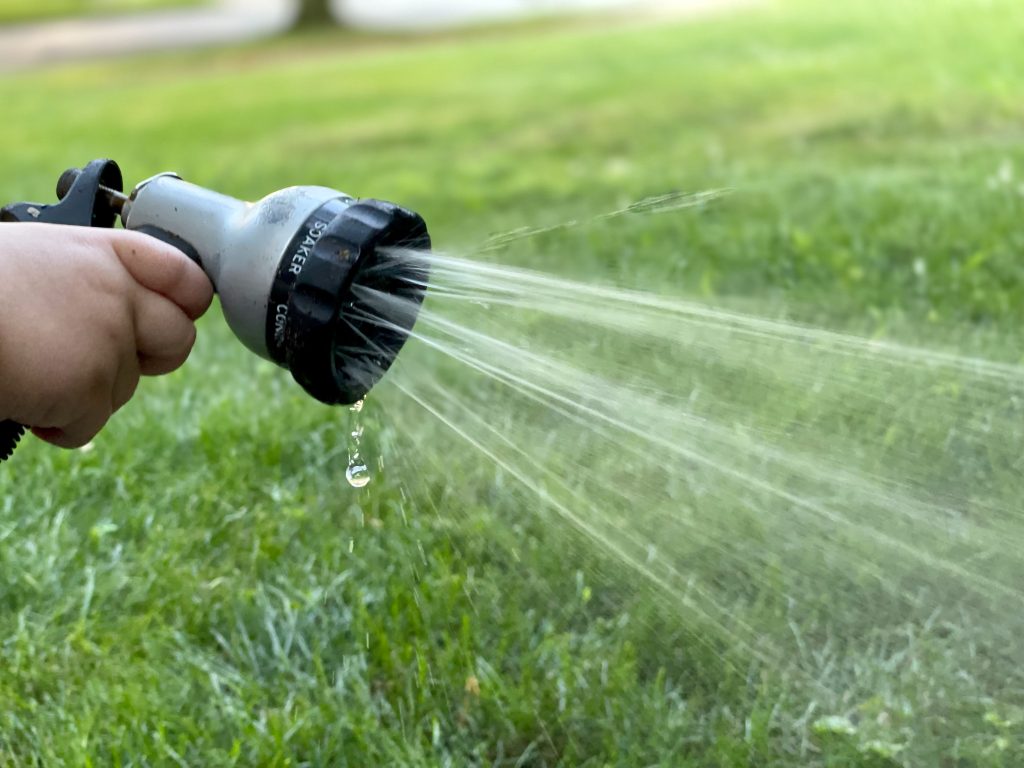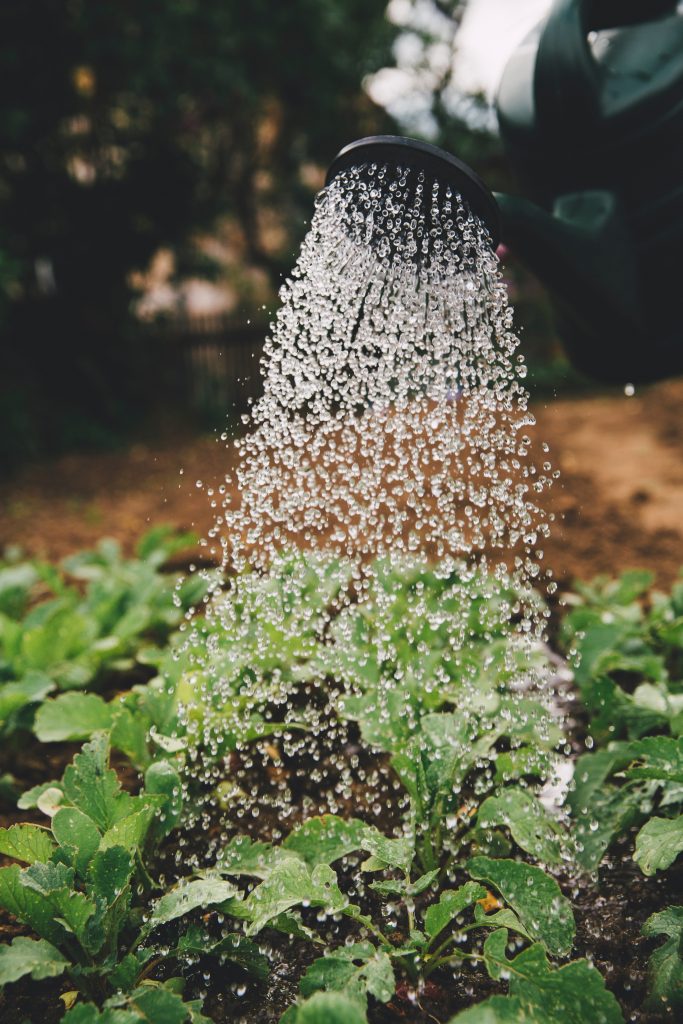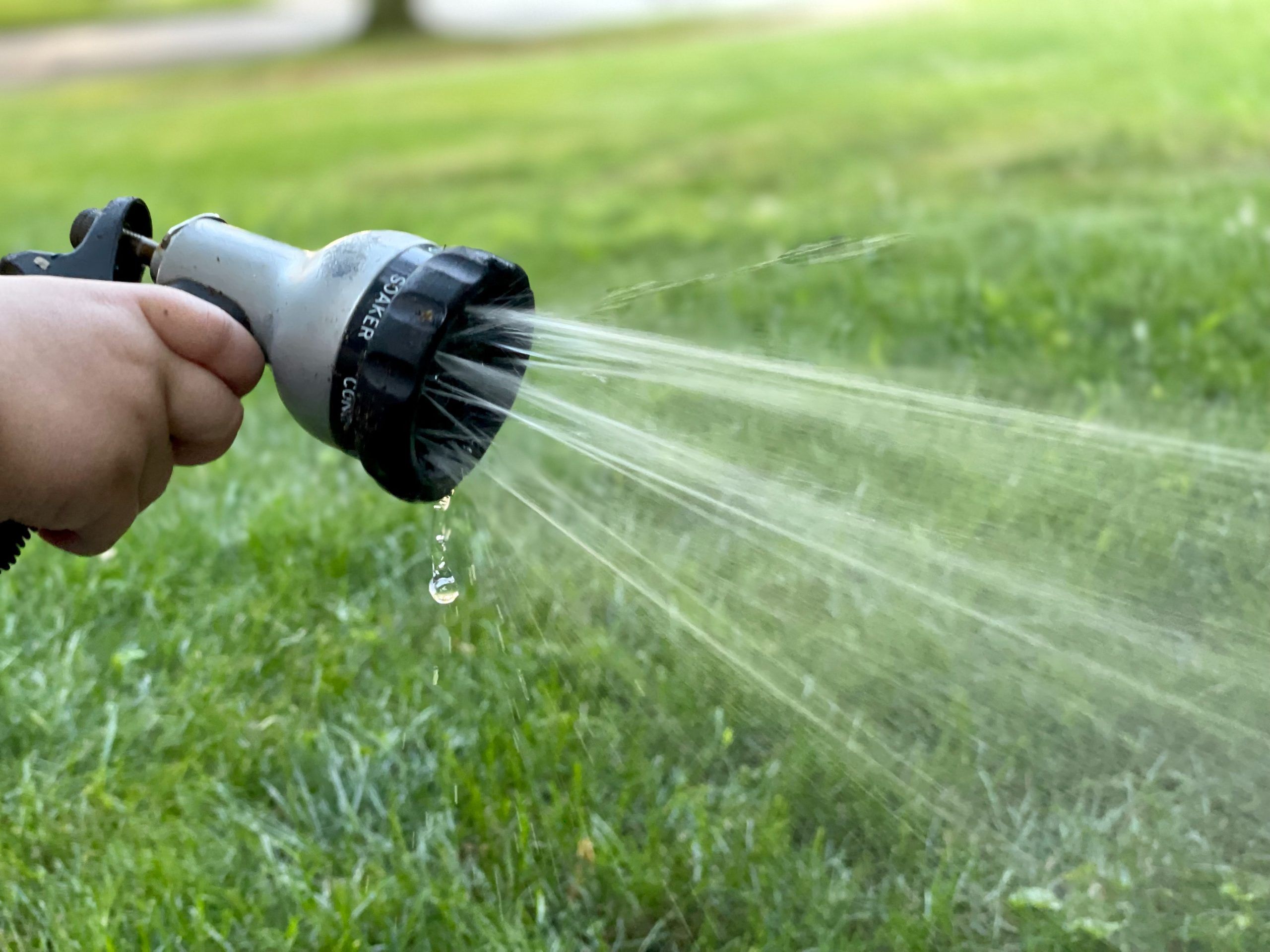How to properly irrigate your new plants?
How to properly irrigate your new plants?
Every living thing in your landscape needs water to grow. Therefore, proper watering is vital, whether you water plants by hand or use a sprinkler system to achieve a lush green lawn. We will assist you to recognize the way to well-water new plants. If you lack the necessary time to take care of such, we can also help you by installing a custom sprinkler system.
Tips for how to properly irrigate new plants
New plants may have different requirements than plants that are already established. Timberline Lawn and Landscape LLC has some tips to water enough new plants.
Check all plants weekly
Check newly planted timber and shrubs every few days for the primary weeks. Annuals and perennials should be investigated further. After that two weeks, check every 7 to 10 days. Dig across the root region together along with your hands to an intensity of 2-3″ for small vegetation and 6-8″ for large ones and trees; Water generously if the soil feels dry.

Slow delivery, deep watering
Another tip to help you properly water new plants is to water deeper. Getting water deeper into the soil for your plant roots is better than shallow, surface water. The hose is placed at the base of the plant in a heavy trick. If you are not sure how long to water new plants, aim for 30-60 seconds for small plants – longer for larger plants while moving the hose to several places around the plant.
Avoid watering whilst the soil feels moist. The ground should be allowed to dry out between waterings. If a plant is kept in constantly wet soil, its health will deteriorate over time. A plant that is weakened by over-watering may die due to oxygen deprivation or become susceptible to wilting and disease. Lawn irrigation systems can help you deliver slow, deep water close to the roots of your plants.
Adjust the water as the plants mature
As your landscape grows more mature, your water practices may need to be adjusted.
- You should water daily for the first 2 weeks after planting unless you have a rainy climate, but after a month or more, reduce the frequency that you water the plants to about 2-3 times a week.
- In the following months, there will be less water. As mentioned above, whenever you water your plants, focus on getting the water deeper into the soil. As for newly planted specimens, mounted flowers and bushes want to broaden deep roots over time. These deep systems can help trees survive periods of drought in the summer.
Even if you water less often, deep water provides enough water for the roots without causing problems from too much water, such as stunted growth or yellow leaves.

Early morning water
In general, early morning is the ideal time to properly water new plants as well as more mature plants. Watering in the morning maximizes your plants’ chances of absorbing all the water you provide. During other times of the day, the weather is considerably warmer. Melting during these times can lead to water evaporation. Defrosting in the morning is especially important when temperatures are scorching during the summer. The chance of water evaporation after that is more than in other seasons.
You can set a sprinkler irrigation system to activate at any time of the day. So if you want to have continuous watering in the morning, schedule your irrigation system timers accordingly.
Water monitoring is often required
Monitoring water requirements are often more important than actual water. Monitor the water requirements of your plants for at least the first two to three years. Plantings near buildings where heat may be reflected, and plants under eaves roofs require closer supervision. During the hot summer months and early fall, disregarding natural precipitation. Often, the rain received during these periods produces more water and does not contribute much to increasing soil moisture.
The value of mulch in helping your landscape grow
Using mulch is, in general, a good idea because mulch helps retain water. In addition to that factor, mulching around trees and shrubs enables them to take in water more efficiently. Grasses around trees and shrubs compete with them for water. Because a healthy grass area has a dense root system, the development of tree and shrub roots to consume water in the upper layers of the soil is prevented. Having mulch instead of grass allows trees and shrubs to take up water more easily, so they grow faster and more vigorously.
Maintain 2-2 1/2 layers of mulch to help retain soil moisture, prevent weeds, and conserve moisture. Remember, excess amounts of mulch will lead to poor air circulation and reduced plant vigor. Timberline Lawn and Landscape LLC install 3 at planting time. Install handiest 1-2″ every 12 months thereafter.
Why use a sprinkler system to water plants?
Stress-free, hands-free watering of your lawn is possible with an automatic sprinkler system. Today’s sprinkler irrigation systems have zones so that you can program the appropriate water level for every aspect of your landscape. So your raised beds can have long, deep water cycles at the desired frequency, and your lawn can get the right amount of water.
Lawn watering requirements can vary according to rainfall, with most of the rainfall not being able to be used by trees and shrubs due to water-logging, as previously mentioned. Your irrigation system can be programmed to allow rainfall to affect the water level. You can also be sure that your plants and trees will remain healthy when you are on vacation if you have a sprinkler system.
